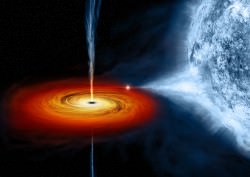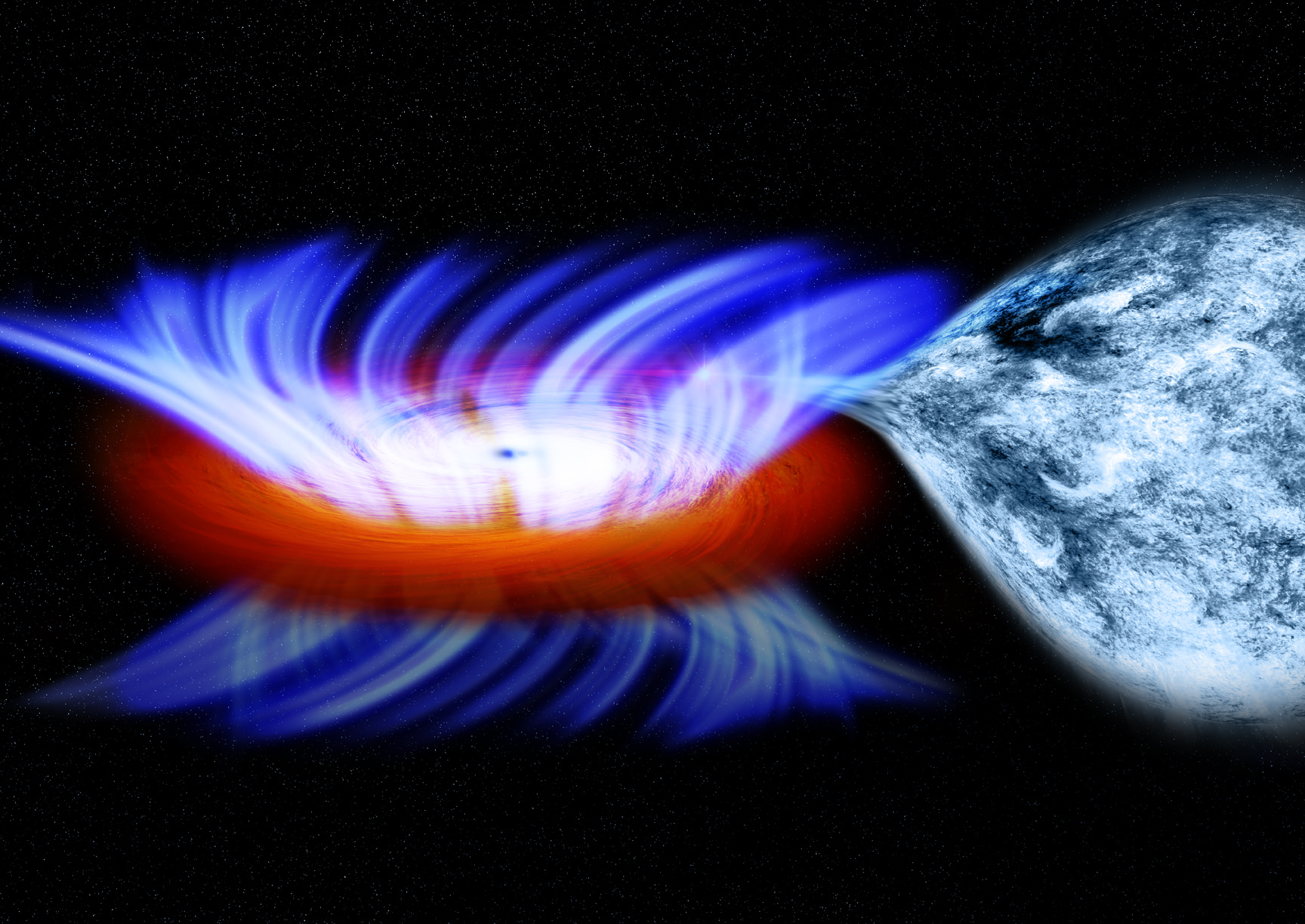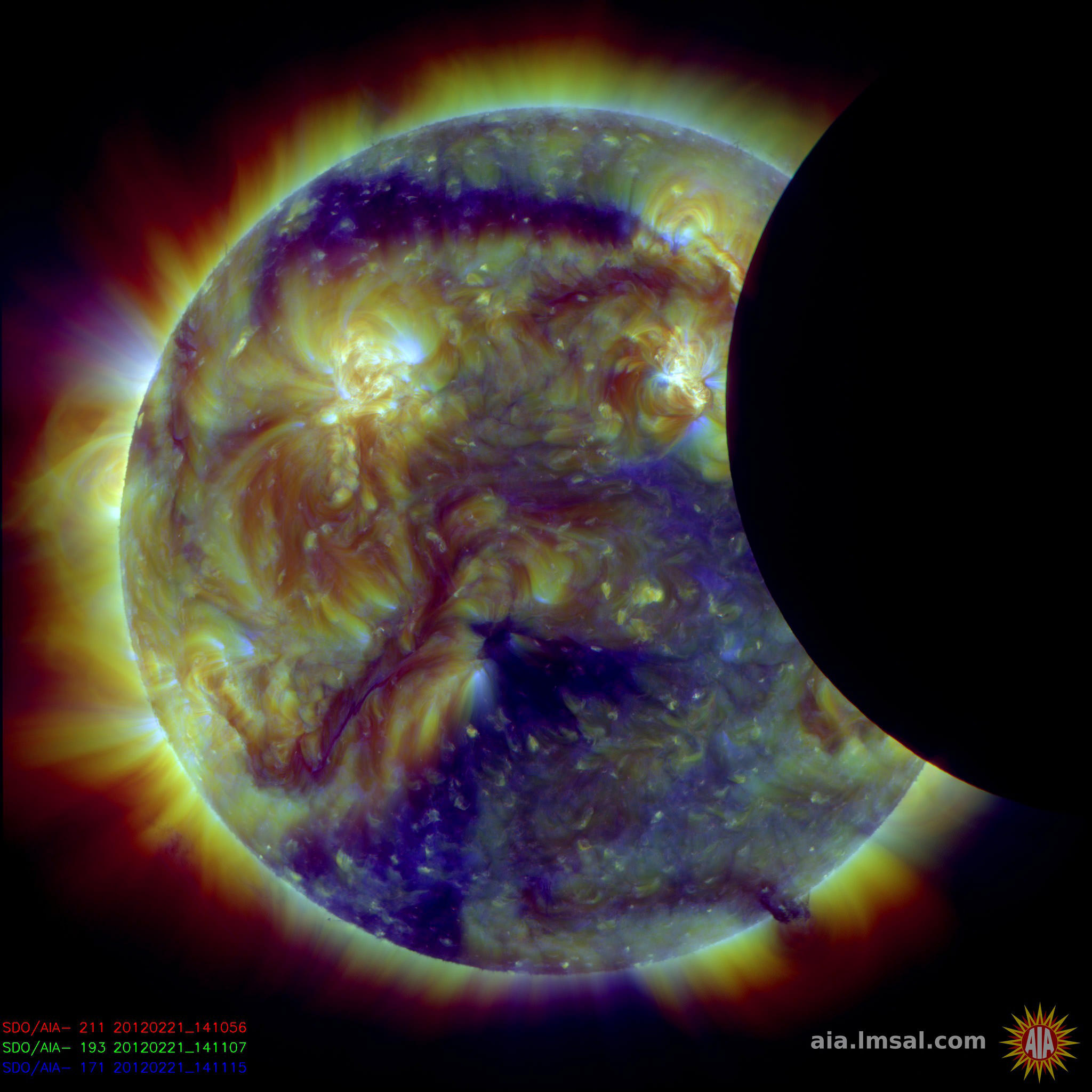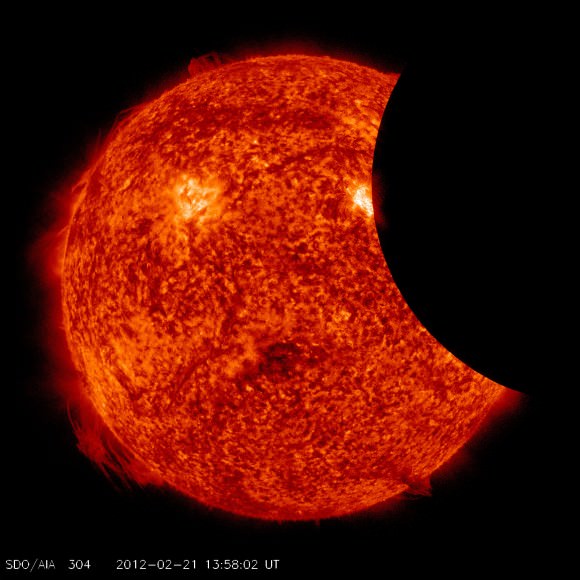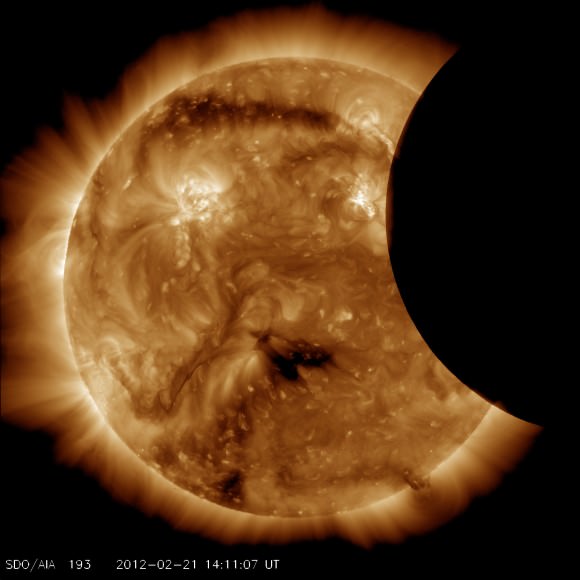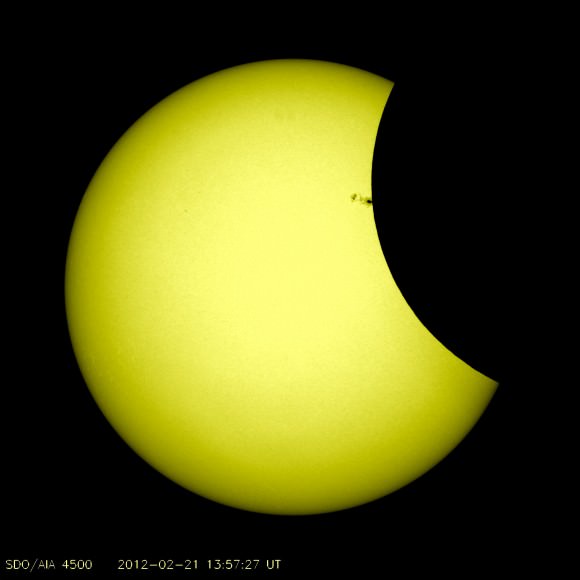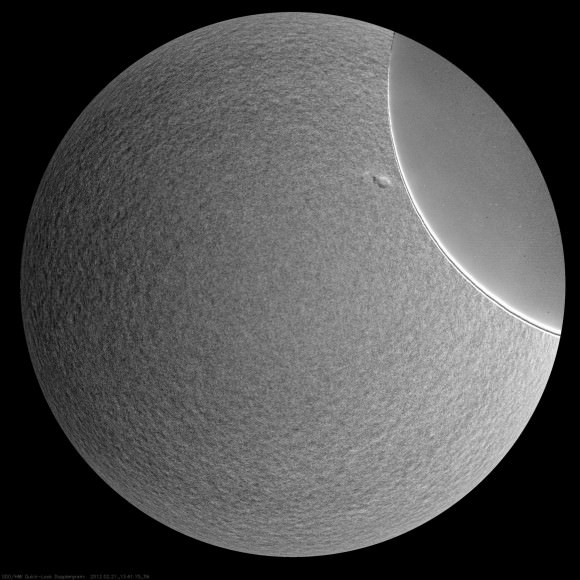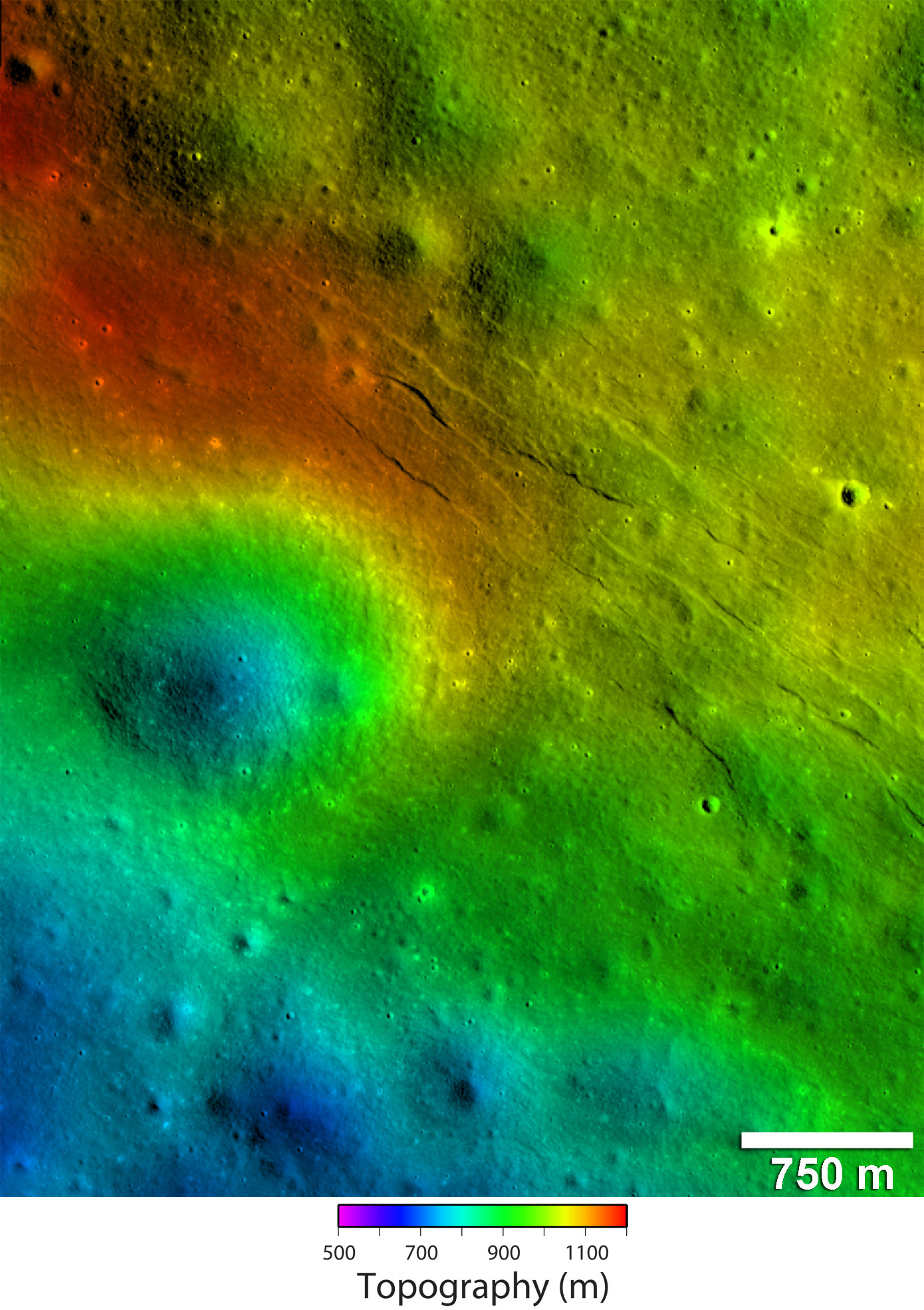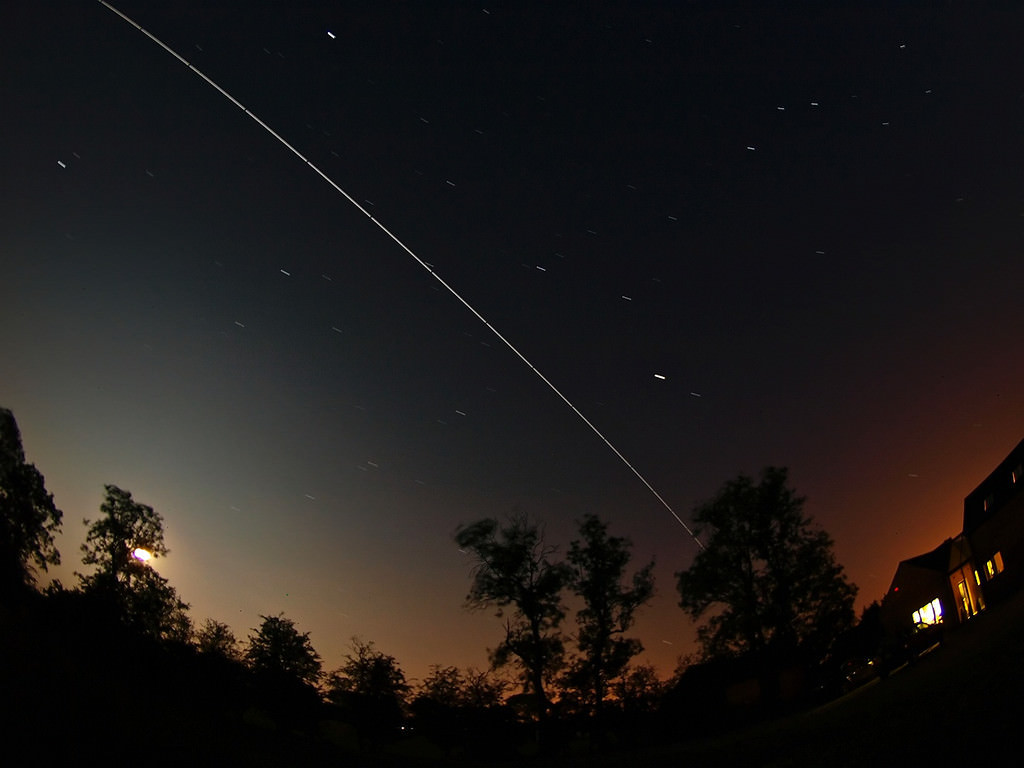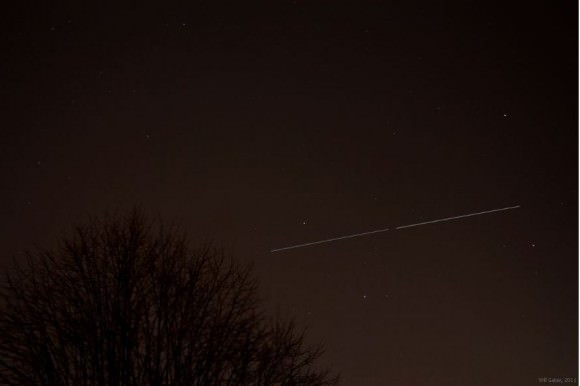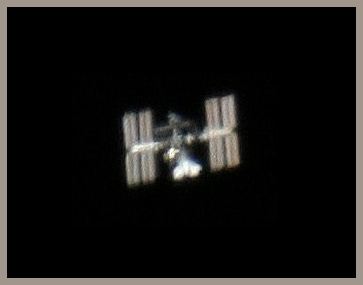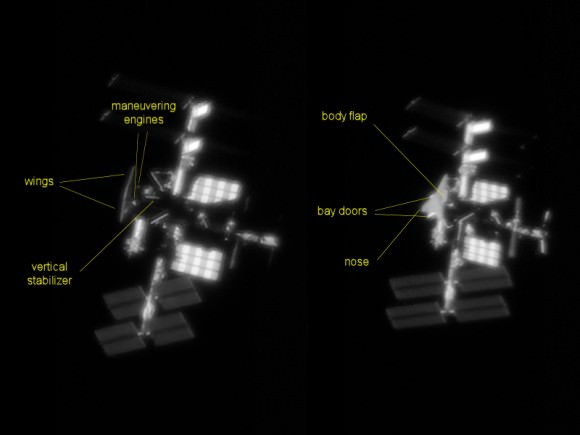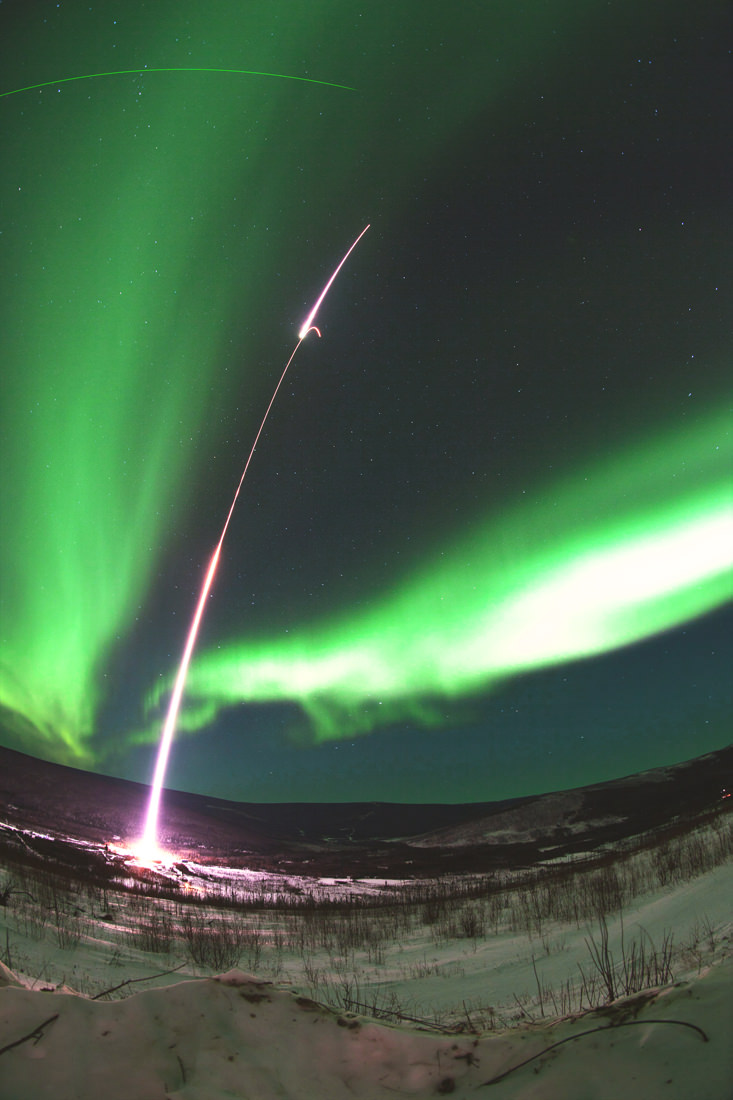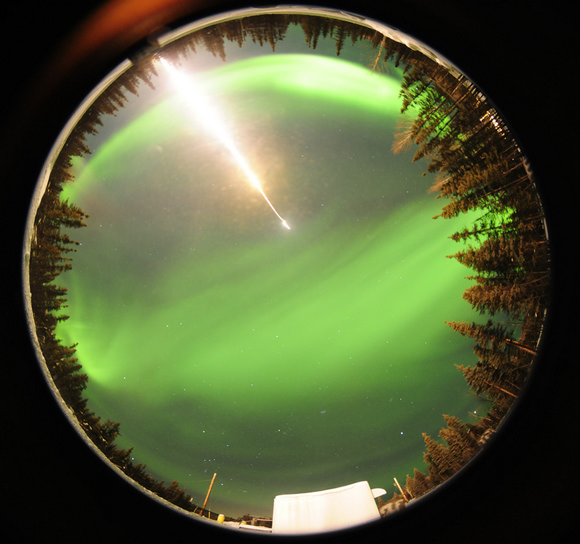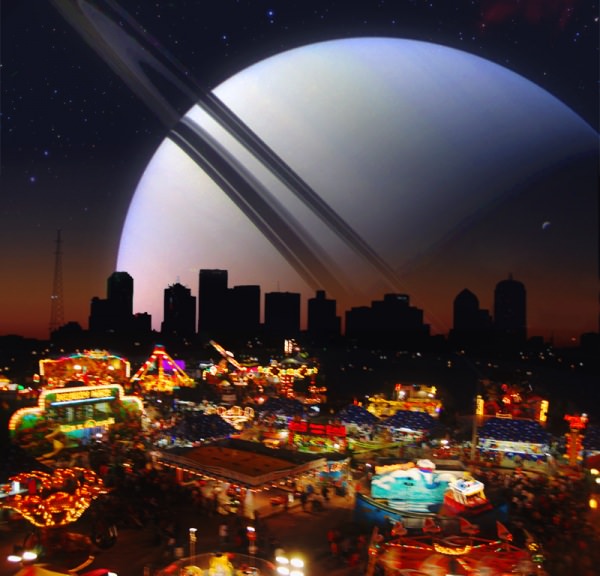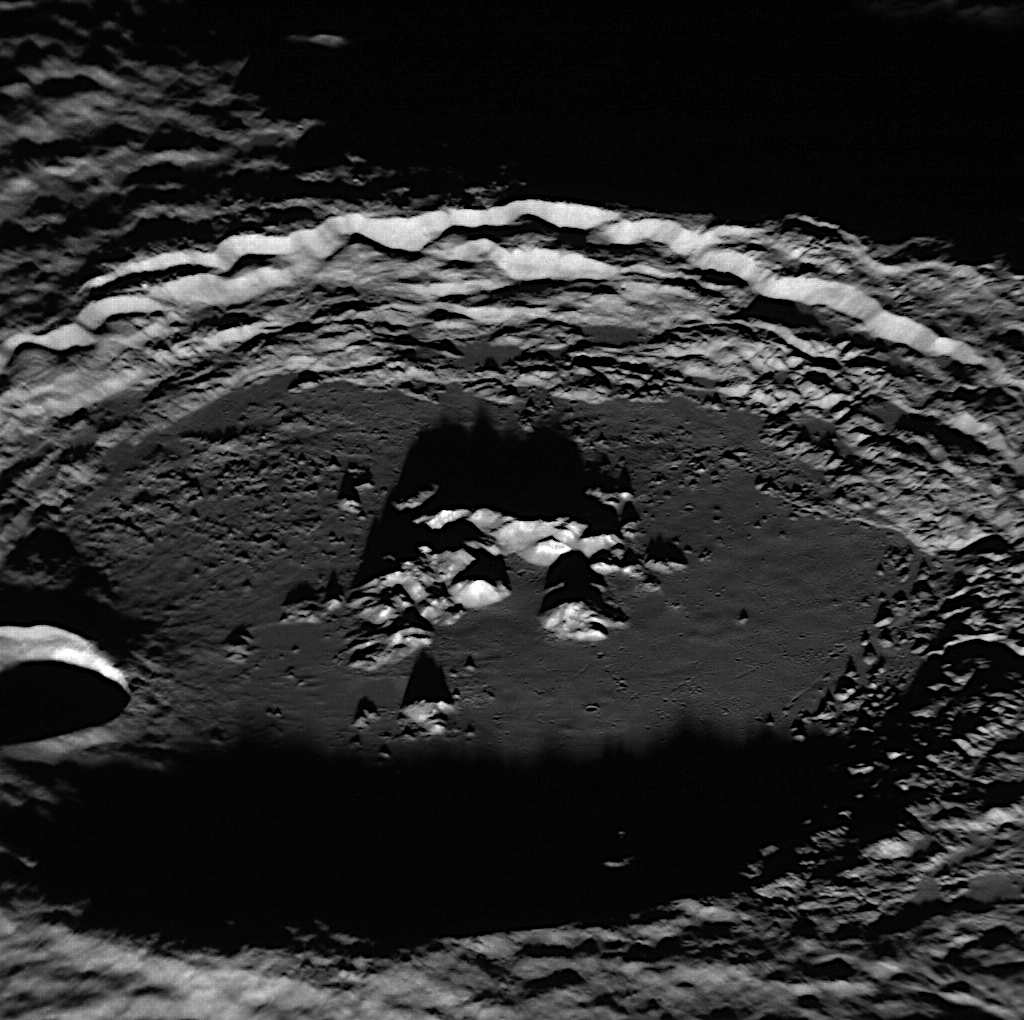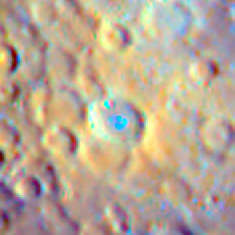[/caption]
It’s been awhile since Universe Today has hosted the Carnival of Space, so we’re happy to be home for this edition of space news from various space blogs and news sites from the past week. Just grab some cotton candy and step inside the Carnival!
Ian O’Neill at Discovery Space News explains how one of the world’s smallest nations may have found a low-cost solution to one of the world’s biggest space problems. Read “Swiss to Grab World’s Biggest Space Problem by its Junk” for the all janitorial-like details.
Ian also wrote his second op-ed on Al Jazeera English: When will “Earth 2.0” be found? Ian says that allthough we are living in a historic time, the specter of budget cuts may stifle the search for a true “Earth-like” world.
Brian Wang from Next Big Future has a few of entries this week: In the first one he discusses how new estimate that there are about 100,000 larger than Pluto sized objects per star. Interestingly, if those were evenly distributed in a volume of about 1 light year than there would be one every 2200 AU (astronomical units, distance from earth to the Sun is one AU). 2200 AU is about 2 light weeks.
Next he writes on how Elon Musk plans to IPO Spacex in 2013. The Solar City IPO in a couple of month could catapult Musk into the ranks of the world’s billionaires. He owns a 26 percent stake in Tesla valued at more than $650 million, after adjusting for collateralized shares. His 25 percent of SolarCity would be valued at $375 million at the valuation the company is seeking. Musk owns more than 70 million shares of closely held rocket maker SpaceX. Recent transactions in the private market have pegged his stake in SpaceX at about $875 million.
And thirdly, Brian takes a look at Obama’s proposed budget will keep most NASA funding. Mars exploration would be cut but the big waste of money would be the Space Launch System which still would have funding.
On his blog The Venus Transit, Gadi Eidelheit has posted a great collection of Earth from Space photos as taken from various space missions in the last 50 years.
Universe Today’s Ray Sanders has his own blog called Dear Astronomer, and this week he shows a special Valentine’s Day message from our Moon, courtesy of Mark Robinson and the LROC team at Arizona State University.
Bill Dunford also discusses the NASA budget, and howwith exploration funding under threat, will lovers of science fiction be among the voices for science? As always, Bill has some great images from planetary missions included in the article
Astroblogs, Ian Musgrave submitted two articles this week. First he takes a look at The Kepler-20 Exoplanetary System in Celestia and secondly, he has an interesting discussion of all the people panicing over 2012. How should we deal with these contrarians?
Chris Dann at WeirdWarp writes about the the planet called Kepler 16 that was discovered some time ago, but two new planets called Kepler 34 and Kepler 35 have just been found. Each of these planets revolve around their own double Suns.
A great blog is Astronomy Word of the Week, and this week’s word discusses (AstroWoW) what do solar systems and see saws have in common? The astronomy word of the week is barycenter!
Tapani Isomäki at Links Through Space discusses how this year Venus is the Planet to follow! “You have the phases of Venus through out spring until 5-6 of June where it will transit the disc of our Sun. This evening star (at the moment) is coming into conjonction with Jupiter and in the twillight the bright “star” looks fabulous. Follow us on Links Through Space these coming weeks for a complete cover of VENUS 2012! It’s phases, transit, whereabouts. For you people who has a telescope, Venus is a easy target but still full of surprises and I would say Challenging!”
Paul Scott Anderson wrote a great article for us here on Universe Today, discussing how scientists have found new clues about the interiors of ‘Super-Earth’ exoplanets, and he provides an overview of it on his own blog, The Meridiani Journal.
Alan Boyle from MSNBC’s Cosmic Log has a couple great ones this week: Black hole survives a galaxy wreck, where aAstronomers have reconstructed what they think is a galactic crash scene, with a rare breed of black hole left behind amid a dwarf galaxy’s wreckage. The Hubble Space Telescope played a key role in the accident investigation. Also, with a romantic gesture, The Sun sends Earth a valentine, where a mild solar storm swept over our planet just in time for Valentine’s Day, sparking another wave of wonderful northern lights.
And finally, from me, I’d like to point you in the direction of the live interview I did with astronomer Mike Brown via a Google+ Hangout On Air, the second of our live interview series.
That’s it for this week’s Carnival! If you’re interested in looking back, here’s the complete list that we have on UT or the archive to all the past Carnivals of Space. If you’ve got a space-related blog, you should really join the Carnival. Just email an entry to [email protected], and the next host will link to it. It will help get awareness out there about your writing, help you meet others in the space community – and community is what blogging is all about. And if you really want to help out, sign up to be a host. Send and email to the above address.
